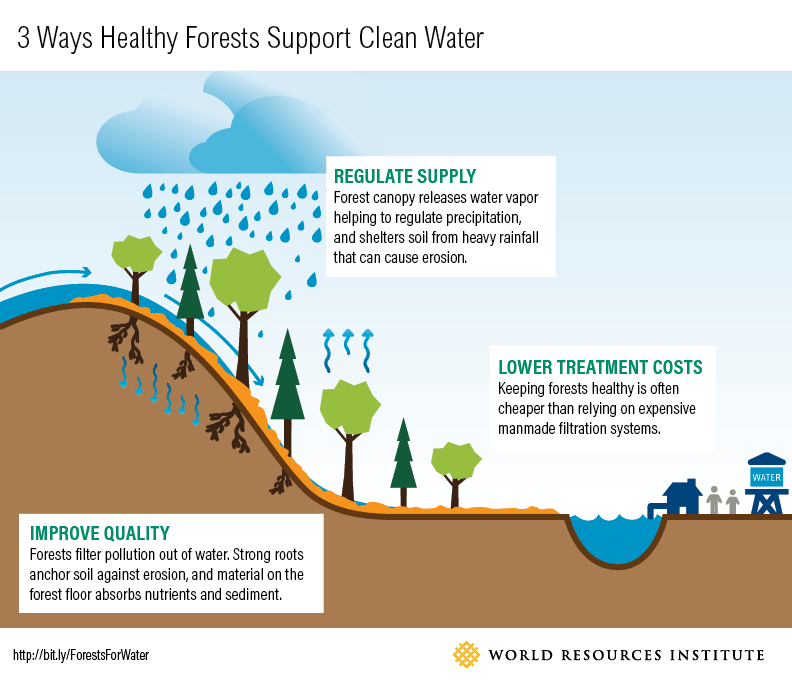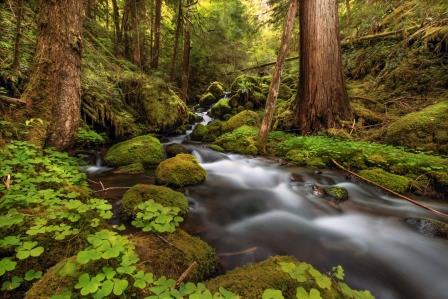Introduction
One of the most important things you need to know when camping in the wilderness is how do you purify water in the forest. This is because most freshwater sources in the wild, such as lakes, rivers, and streams, contain harmful bacteria and other contaminants that can make you sick.
While boiling water is the most foolproof way to kill all bacteria and other contaminants, it is not always practical, especially if you are camping in an area with limited resources. In this case, you will need to purify your water using one of the following methods:

-UV light: UV light is effective at killing bacteria and other contaminants in water. There are a number of portable UV light purifiers on the market that can be used to purify small amounts of water at a time.
-Iodine tablets: Iodine tablets are a common method of water purification for backpacking and camping. They are relatively inexpensive and easy to use, but they can cause stomach upset in some people. Be sure to follow the instructions on the package carefully.
-Filters: Filters are another effective way to remove contaminants from water. There are a variety of different types of filters available, from simple straw filters to more complex systems that can filter out viruses as well as bacteria and other contaminants.
What is water purification?
Water purification is the process of removing contaminants from water. The goal of water purification is to make water safe to drink or use for other purposes.
The Need for Water Purification in the Forest
There are many dangers that can be found in the forest, and one of the most important things to be aware of is the need for water purification. Many people believe that because the water in the forest is from rain or melted snow, it is safe to drink without purification. However, this is not the case. There are many sources of contamination in the forest that can make water unsafe to drink, even if it looks clean.
There are two main types of water contamination: biological and chemical. Biological contamination comes from microorganisms such as bacteria, viruses, and protozoa. These contaminants can cause serious illnesses such as dysentery, cholera, and giardia. Chemical contamination comes from pollutants such as pesticides, herbicides, and industrial chemicals. These contaminants can cause skin irritation, stomach upset, and even liver damage.
The best way to protect yourself from these contaminants is to purify all water that you plan to drink or use for cooking. There are several ways to purify water, but boiling is one of the most effective. Boiling water for at least 1 minute will kill most microorganisms. You can also purify water using a water filter or by adding chemicals such as iodine or chlorine tablets.
When you are hiking in the forest, it is important to carry enough water with you to stay hydrated. Be sure to bring along a way to purify any additional water you may need so that you can stay safe and healthy during your adventure

Methods of Water Purification
There are many ways to purify water, and the method you choose depends on the resources you have and the time you have to purify the water. If you are in the wilderness and need to purify water from a lake or river, you can do so by boiling the water, using a water filter, or using water purification tablets.
Boiling
One of the simplest and most effective ways to purify water is by boiling it. Boiling water kills harmful bacteria and other organisms, including viruses, that can cause waterborne diseases such as cholera, dysentery, and typhoid fever. Boiling is also effective in killing cysts, which are resistant to chemical disinfectants.
To boil water properly, bring it to a rolling boil for one minute (at altitudes above 6,500 feet or 2,000 meters, boil for three minutes). Let the water cool naturally before drinking it. Boiled water can be stored in clean containers with tight covers for up to six months.
Chemical Treatment
Chemical treatment is a process where chemicals are used to remove contaminants from water. This can be done by adding chemicals to the water which bind to the impurities, or by using chemicals that kill the bacteria and other microorganisms in the water. Chlorination is a common method of chemical treatment, where chlorine is added to the water to kill bacteria.

Filtration
One of the most common and effective ways to purify water is by filtering it. By running water through a filter, you can remove contaminants such as dirt, debris, and bacteria. There are different types of filters available on the market, and they vary in terms of how effectively they purify water. Some filters are designed to remove specific contaminants, while others are designed to work with a variety of different contaminants.
One type of water filter that is becoming increasingly popular is the carbon filter. Carbon filters work by absorbing impurities in water and trapping them in the pores of the filter. This makes them very effective at removing a wide range of contaminants, including chlorine, lead, pesticides, and more. Carbon filters can be used with both municipal water supplies and private wells.
Another type of water filter that is gaining popularity is the ultraviolet (UV) filter. UV filters work by exposing water to UV light, which kills harmful bacteria and viruses. UV filters are an effective way to purify both Municipal supplies as well as private well water
Build a Water Bottle Survival Kit
A water bottle survival kit is a collection of items that can help you when you’re out in the wilderness and need help. Whether you’re lost, injured, or just need a way to purify and store your drinking water, a survival kit can be a real lifesaver.
The first thing you’ll need for your water bottle survival kit is a quality water bottle. A stainless steel or BPA-free plastic water bottle is a great option. You’ll also need a water purification system such as a filter, a UV light, or a combination of both.
In addition to your water bottle and purification system, there are several other items that can come in handy in an emergency situation. These items include a fire starter, a small knife, a whistle, a compass, a fishing line and hooks, an emergency blanket, and a flashlight. You may also want to consider including a few energy bars or other non-perishable food items as well.
Before you head out on your next outdoor adventure, make sure you have your water bottle survival kit packed and ready to go. It can be the difference between life and death if you find yourself in an emergency situation.
The Importance Of Clean Water
Clean water is essential for the health and well-being of all living things. Without clean water, we would not be able to survive. Unfortunately, clean water is becoming increasingly difficult to find in many parts of the world, which is why it is so important that we take action to ensure that everyone has access to clean, safe water for drinking and other uses.
The importance of clean water cannot be overstated. Clean water is necessary for hydration, food production, and sanitation. The human body is made up of nearly 60 percent water, and it is essential for our physical and mental health. Access to clean water is a basic human right, and all nations should strive to ensure that everyone has access to clean water.
Water is also essential for agricultural growth. Without clean water, crops cannot grow and food production is affected. Without water, we would not be able to grow our own food or feed our livestock. This can lead to malnutrition and hunger, which can cause long-term health and social problems.
Clean water is also necessary for the health of the environment. Polluted water can cause a range of problems, such as contamination of drinking water, destruction of aquatic life, and the spread of disease. Polluted water can also cause algal blooms, which can lead to oxygen depletion in the water. This can lead to the loss of aquatic life and can cause a decrease in water quality.
We must act now to protect our water resources. We can start by being mindful of our water consumption and by taking steps to conserve water. We can also support organizations that are working to provide clean water to communities in need. Finally, we can make sure that our elected officials understand the importance of clean water and take steps to ensure that everyone has access to this vital resource.
Conclusion
There are many ways to effectively purify water in the forest, and the method you choose will depend on your specific needs and resources. Always remember to start with the cleanest water possible, and use the most effective purification method available to you to ensure safe drinking water.
